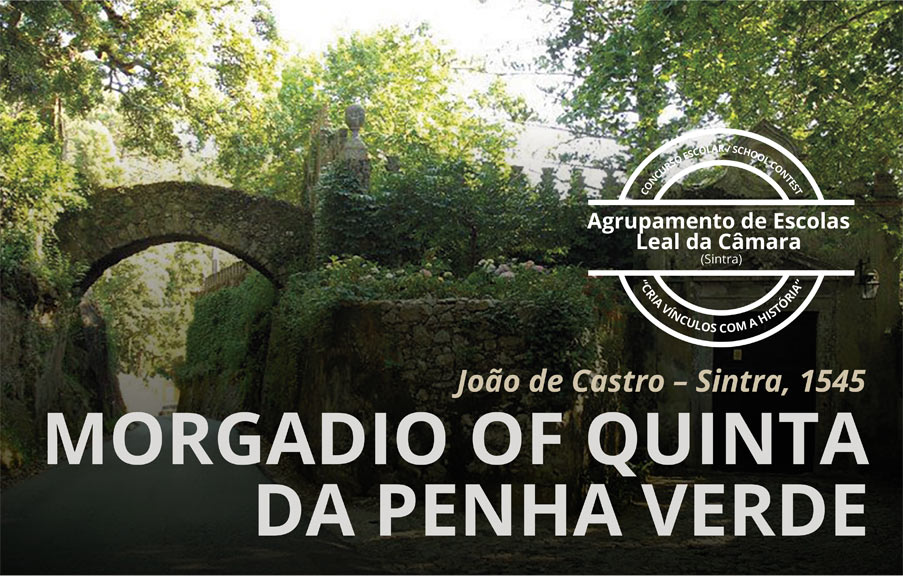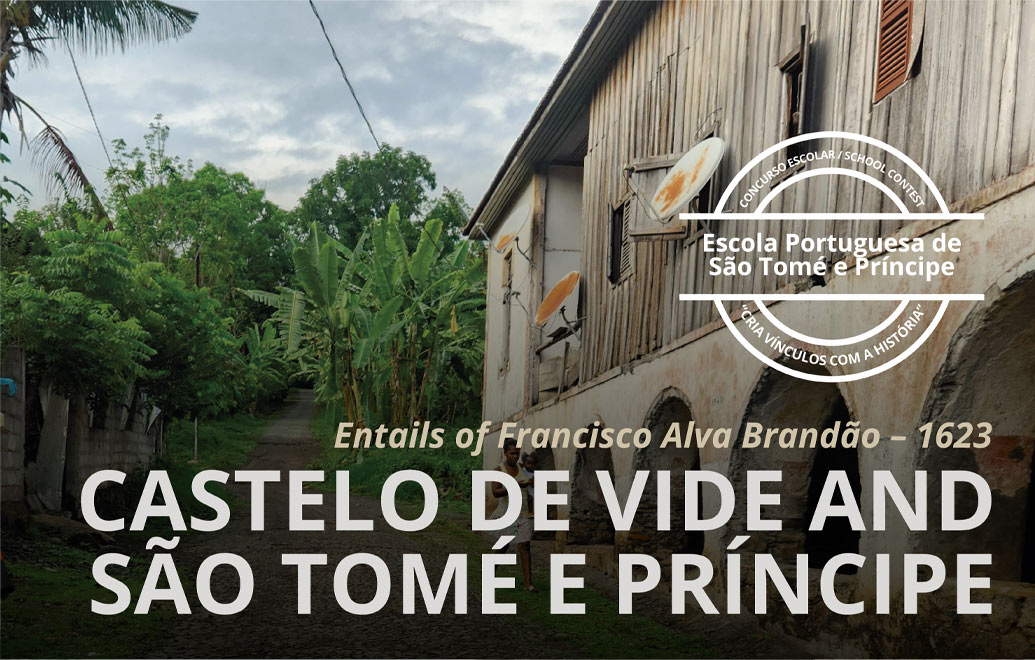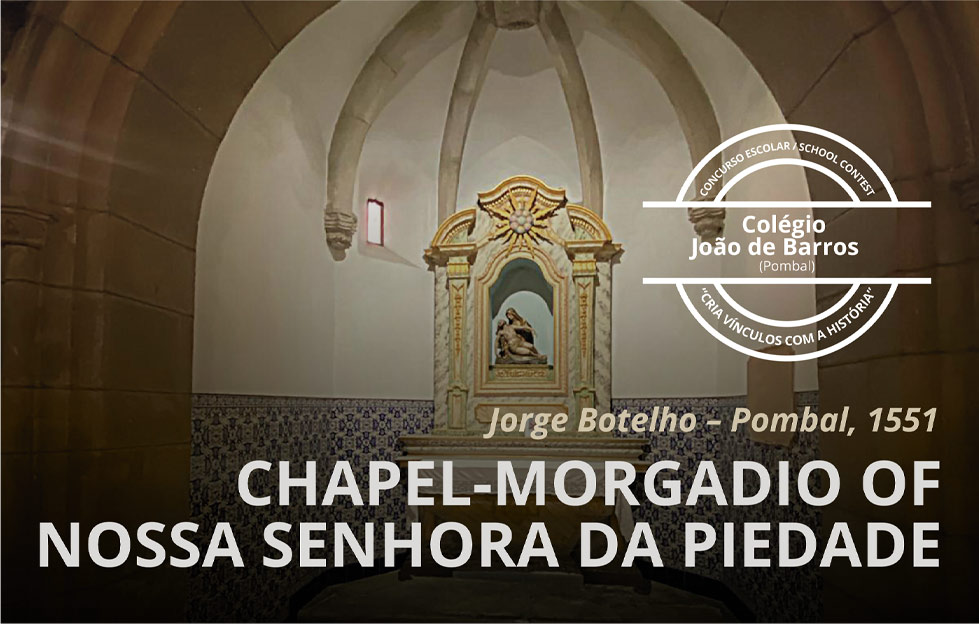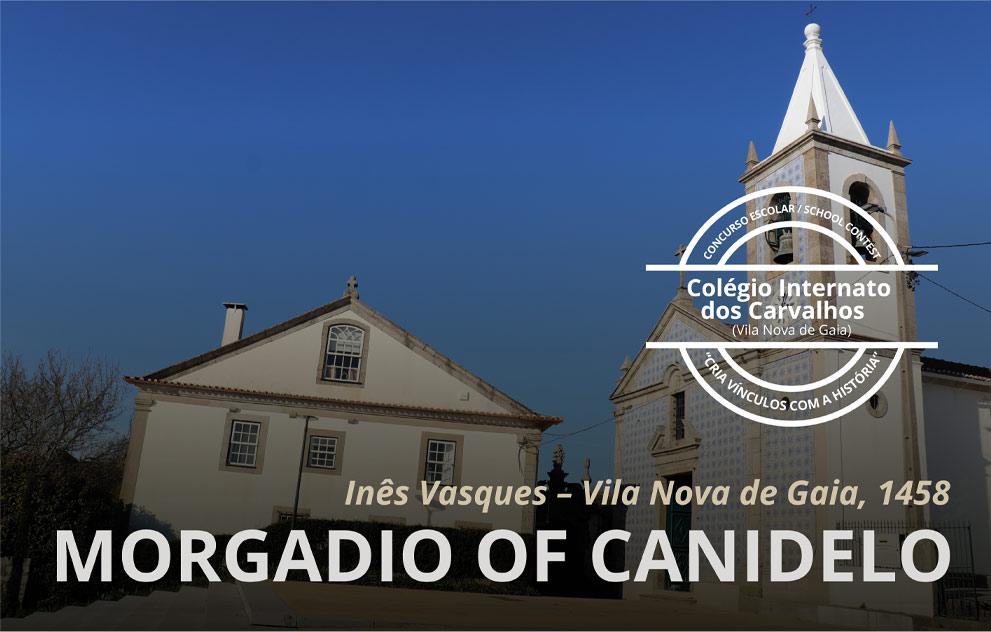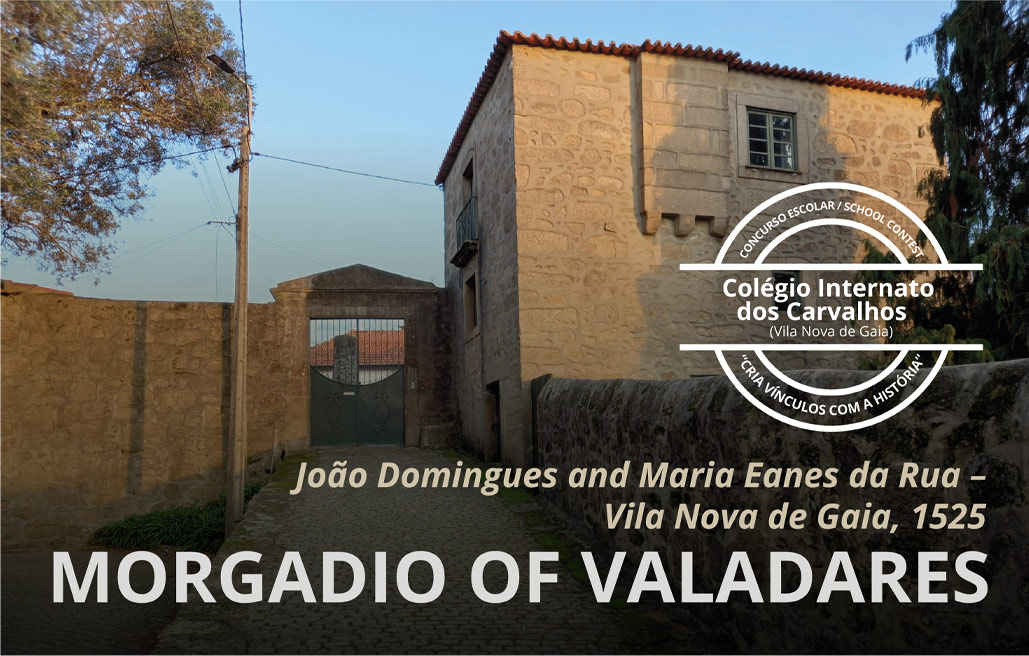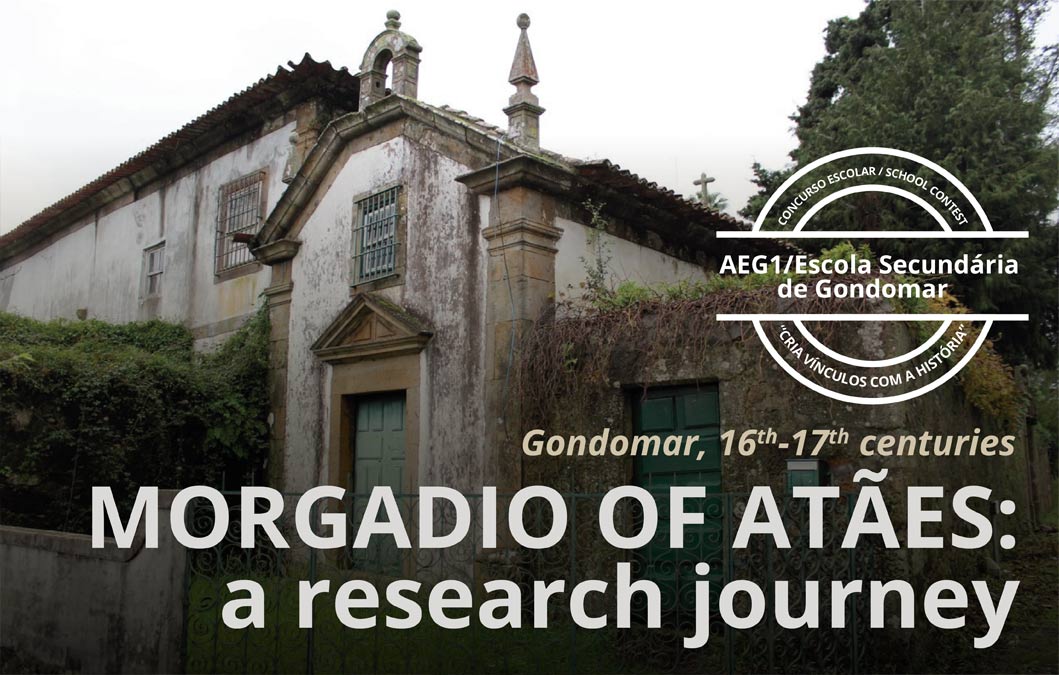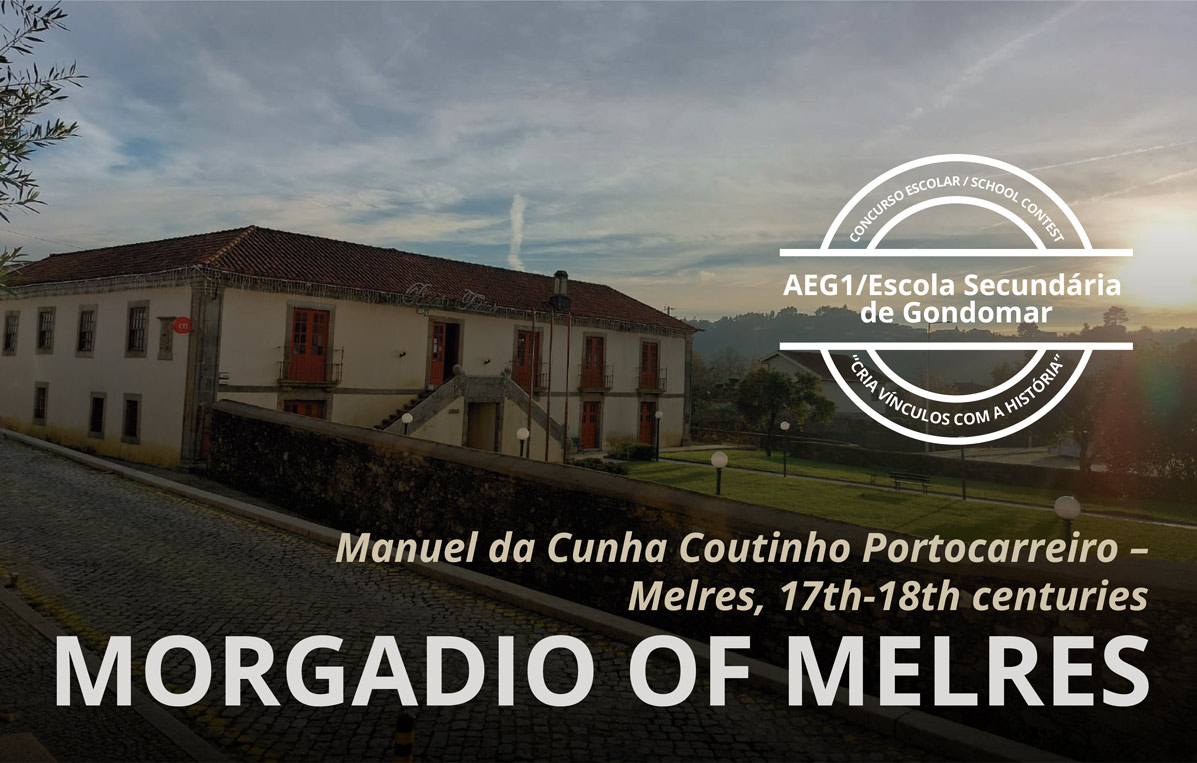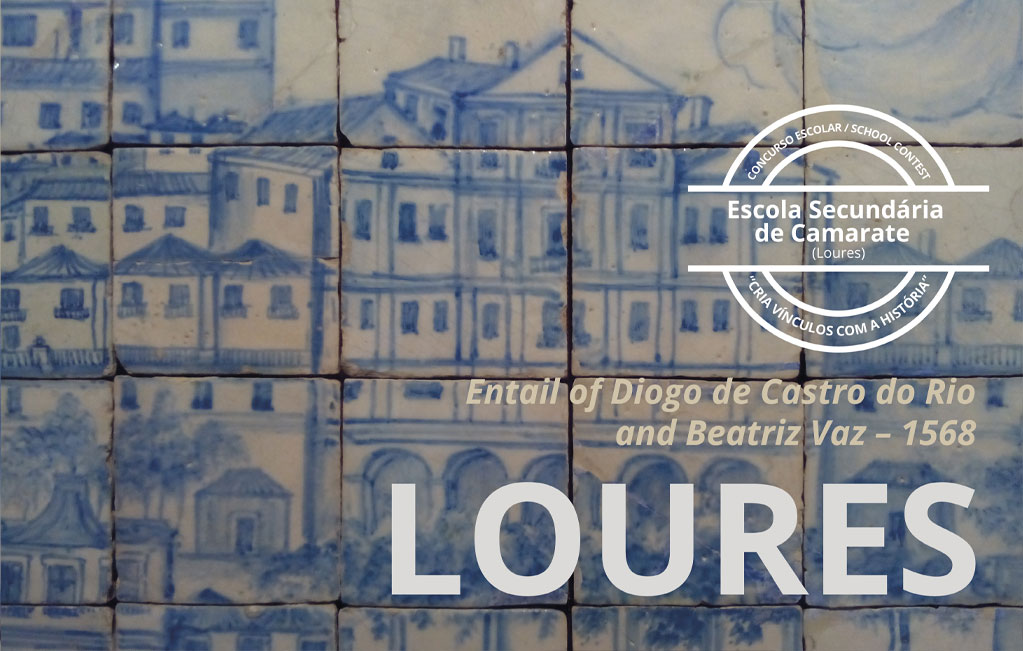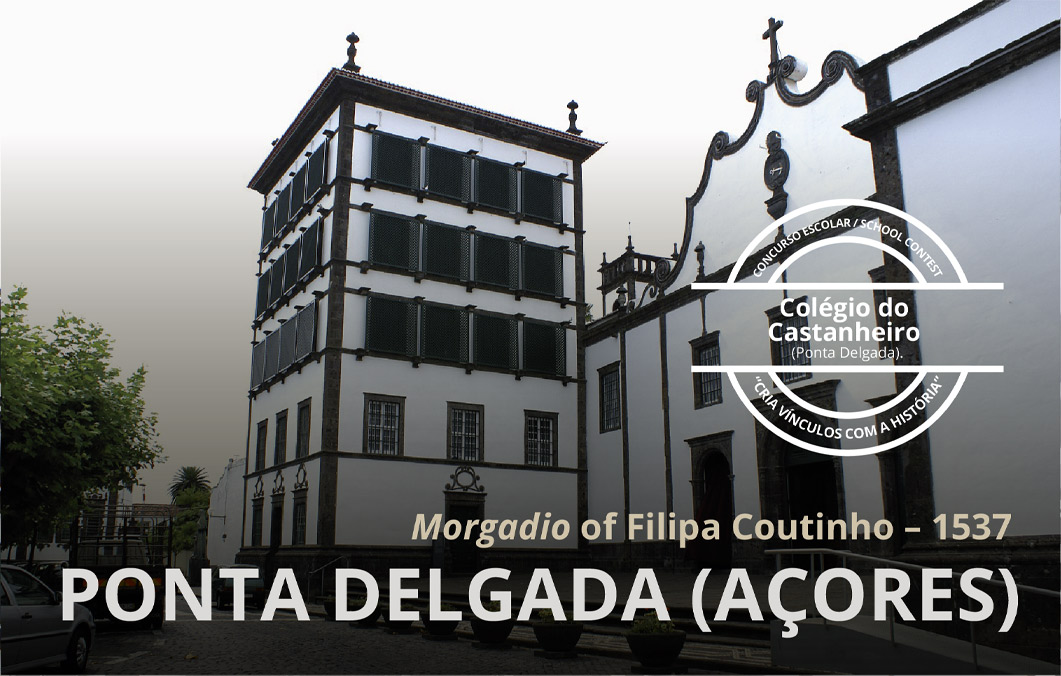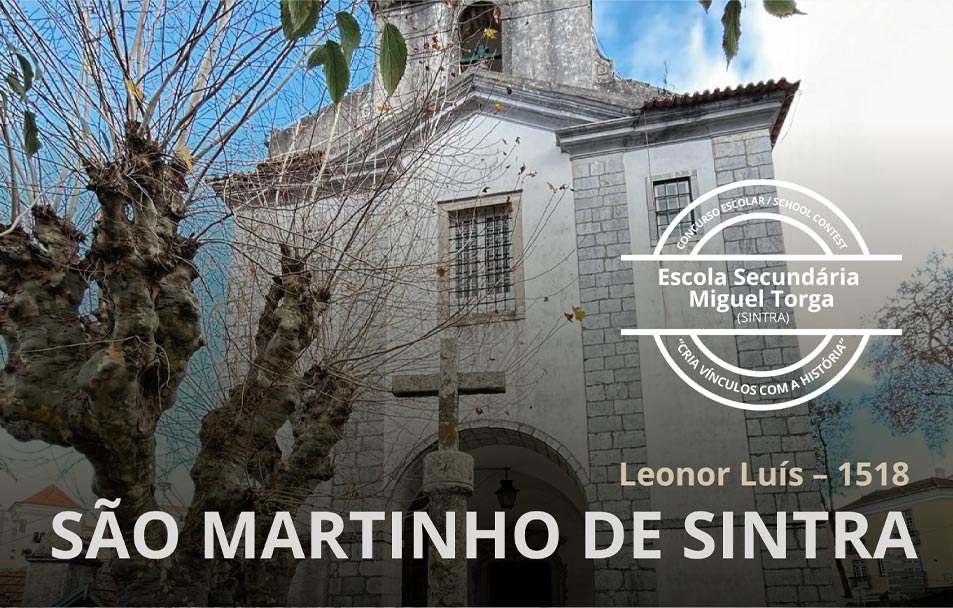Entail of the month (January, 2023)
Chapel-morgadio of Esporão
Teresa Eanes da Fonseca, Reguengos de Monsaraz, 1427
It was the year 1427 when Teresa Eanes da Fonseca, a lady who belonged to the families of the social and political elite of the city of Évora, had her will drawn up. Several pages long, it is the birth certificate of the morgadio of Esporão – an entail that, like countless others, was born when its creator was about to die. However, it was in this very last act in life, that entail founders managed to resist death in perspective, creating an entity that represented them forever, using their material wealth for the benefit of the soul and the projects they had for their descendants.
Tower of Esporão.
The institution of Teresa Eanes da Fonseca cleary demonstrates this awareness of a near end, nonetheless accompanied by a project for the future based both on the present and the past. Present and past – her property, her will, her ancestors, whose names, “signs” (coats of arms) and tombs are referred to – are intertwined to create the legal entity that was the chapel and morgadio of Esporão.
After confirming her mental and physical health in order to guarantee the legality of the document, Teresa entrusts herself to God, Saint Mary and the saints, and establishes the ceremonies of a solemn funeral. Here began the reference to a past that she wanted to preserve: she was to be buried in the Cathedral, facing the altar of St Anthony, where her mother was buried. She then named Gonçalo Rodrigues da Fonseca, her nephew, as heir, giving him the responsibility of maintaining the suffrages from the income of the assets received, keeping the rest for himself. A chain of administrators begins, which is intended to be perpetual, and fulfilling specific characteristics – having all suffrages prayed, using the “signs” (coat of arms) of the Gramaxos, maternal ancestors of the founder, producing a legitimate generation (in the last case, legitimised). The property is encumbered with the impossibility of sale, leasing, division (ROSA, 1995, p. 54, 59).
Tower of Esporão.
As in many other cases, reality complicated the life of the entail of Esporão. The designated heir dies shortly before Teresa. He leaves a son born out of wedlock, Álvaro, whose legitimacy to inherit is contested. Álvaro succeeds in proving his rights before the royal court and is confirmed in possession of the entail in 1535. Well inserted in the municipal oligarchy of Évora and in the circle of the families of the local administration that were getting closer to the royal court, he also benefited from the wealth that came to him from his great-aunt (BASTOS SERRA, biographies 44 and 69).
The fact that he had only female descendants would bring new vicissitudes to the entail, which prove both its fragility and the plasticity that avoided disintegration. The eldest of his three daughters inherits the entail and marries Álvaro Mendes de Vasconcelos, knight of the House of the Count of Guimarães, later nobleman of the royal house, owner of great wealth (FREIRE, 1996, vol. I, pp. 383-386). The latter, in 1489, taking advantage of the absence of clauses on the bearing of surnames in the original entail, imposed his own on future administrators, using the mechanism of reinforcing the assets with the part of the inheritance he could dispose of (terça). The obligation of annexation of the terça was often consigned in the foundation, and it often allowed the addition of conditions, as is the case here. It can therefore be considered a true refoundation (ROSA, 1995, p. 193, 204). Álvaro was taking into account the forthcoming succession of his son, João Mendes de Vasconcelos, who thus came to inaugurate four generations of male descendants of the Vasconcelos as administrators.
The family’s path was marked by social ascension, through João Mendes de Vasconcelos’ full integration into the royal court. With his second wife, Briolanja de Melo, he had a sumptuous chapel built in Évora cathedral in 1528, reinforcing the existing suffrages and creating new ones. It was there that they were later to be buried, in 1541. The architectural details, the altarpiece, the ornaments and the sacred vessels of the chapel are carefully described in the document of institution and contract with the cathedral’s chapterhouse, which is reinforced by a royal letter authorising the requests of the founding couple (ROSA, 1995, 224-226).
Herdade of Esporão.
What has been told so far is mostly known by the remarkable codex entitled Tombo das escrituras dos bens de raíz e rendas do morgadio do Esporão e memorial delas (ANTT, CABT, cx. 86, mç. 257, doc. 4841). Made on the orders of the first administrator Vasconcelos, it was part of the re-founding and increase of prestige that his father had begun, and of which the reconstruction of the Cathedral chapel was another major mark. It is a document of solemn characteristics and intended for memory and evidence. If it substantiates the importance of the founders, it also reinforces the re-founding of the Vasconcelos, with the inclusion of the document of annexation of the terças, the obligation of the surname, and the foundation documents of the chapel in the Évora cathedral.
The morgadio continued in the male first-born descendants for several generations, until Francisco de Vasconcelos, who was awarded the title of Count of Figueiró by Philip II and who died without descendants in 1653. The noble title and the entail passed to a female line; after other breaks of male succession and a network of endogamous marriages, the entail entered the House of the Marquises of Abrantes, who were the last owners of the entail (FREIRE, 1996, vol. I, pp. 391-393).
Herdade of Esporão.
The legal existence of this morgadio, despite many vicissitudes and changes, goes back 436 years; the estate, already free of the entail, undergoing many other changes, still remains today, which adds another 160 years to it (https://www.esporao.com/pt-pt/). In the present Entail of the Month is told, as in many others, the story of venerable elders, this one with 623 years. Its longevity is due, in good part, to the entailment that was made in the distant year when Teresa Eanes da Fonseca decided to found a chapel in the defesa of Esporão. This happened because the entailment implied the conservation of the documents produced by the “body” that was being created – understood as a vital factor for its eternal duration.
Maria de Lurdes Rosa (in collaboration with Herdade do Esporão)
Coordination: Rita Sampaio da Nóvoa
Sources and bibliography
ARQUIVO NACIONAL TORRE DO TOMBO, Casa de Abrantes, Título do morgado do Esporão e mais fazendas anexas ao dito morgado, cx. 86, mç. 257, doc. 4841 (http://digitarq.arquivos.pt/details?id=7995420).
BASTOS SERRA, Joaquim – Governar a cidade e servir o rei : A oligarquia concelhia em Évora em tempos medievais (1367-1433) [online]. Évora: Publicações do Cidehus, 2018 (consulted 17 january 2023). Online: http://books.openedition.org/cidehus/3307, Biographical notes 44 and 69.
FREIRE, Anselmo Braamcamp – Brasões da Sala de Sintra. Lisboa: IN-CM, 1996, vol. I.
ROSA, Maria de Lurdes Rosa – O morgadio em Portugal, sécs. XIV-XV. Modelos e práticas de comportamento linhagístico. Lisboa: Estampa, 1995.
Other entails of the month



